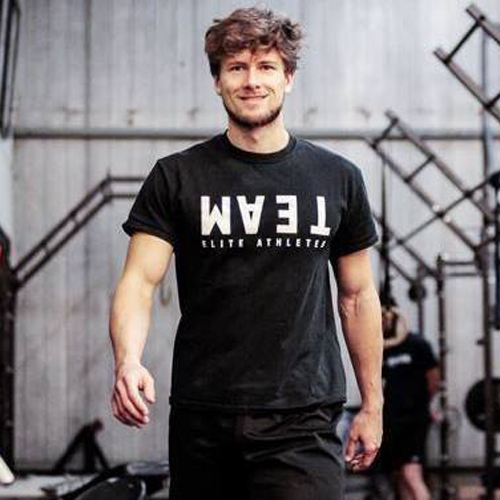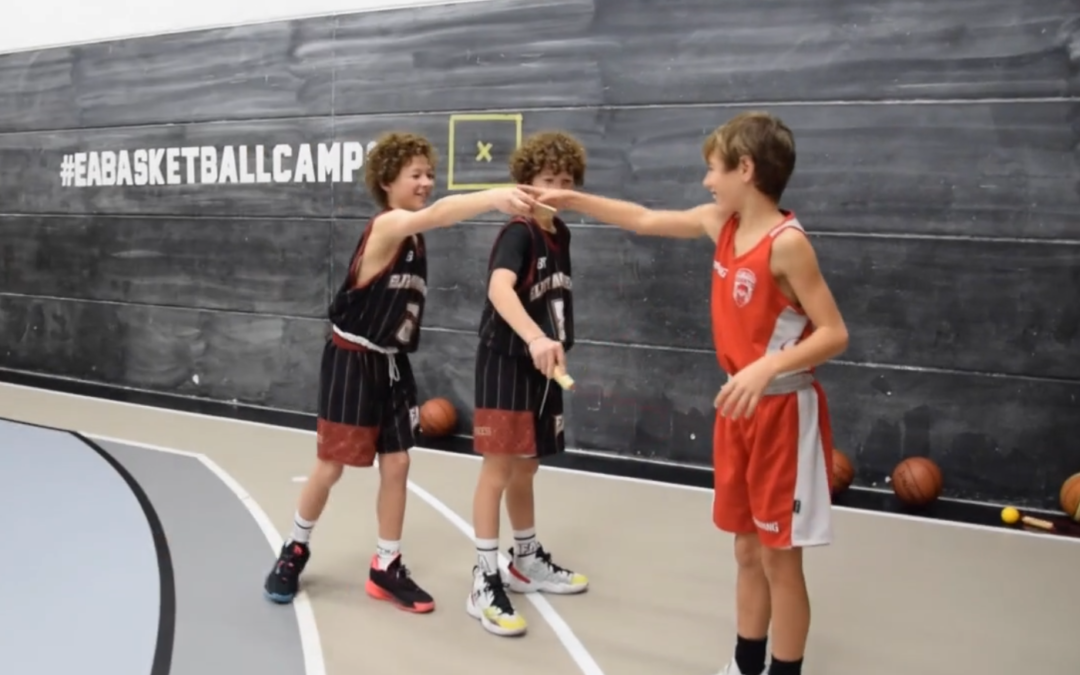Just as there is this constant debate in the basketball world about “what is better: game based or on air practice?”, there exists such a conversation in the world of athletic development.
One of my aims to have a happier life as a coach is to avoid stepping into the pick-a-side conflicts and learn from both camps.
In my own experience with proposing a holistic youth physical educational model, I aim a user of both ends of the continuum, if there is one.
My sessions with the kids often start with an assessment of the players current athletic ability and their attention span of the day. Beyond that, I like to know the day/week topic of the basketball specific skill-work so I can connect my work to flow into that of the skill trainer or coach.
My assessment is often a game. Games (sets of rules/constraints) can be played solo, with a partner, extra tools or a combination of all of them.
During that first game, my main work is to observe: I see how they do. Based on how the kids do, I can then add to the game specific rules. For example if I see that players constantly tense their hands and shoulders I might add a rule – or a third partner that slaps them – in order to make them aware of this so they stay more relaxed in the action.
Another reaction to an observation – and this is what I mean with combined practice – is that I go to “on air” work for a minute (or more) to make players experience physically what I’d like them to add into the games.
For example, if we play a game where players need to accelerate and decelerate quickly and I notice that their foot placement makes them less efficient I might show them a quick forward-back coordination where they “feel” what I mean and then immediately return to the game where they can apply.
Then we have attention span… of course mid-week players dip a little in their energy level, it happened at our last Christmas Camp. Quite often I see that coaches then use punishment strategies to make players “wake up”. Could we call that “on air punishments?” …
When players are not present I prefer to use games too to wake them up and add some “animal mode” body-body games inspired by wrestling to give one example. A simple game like “grab the knee”, or “grab the wrist” will do to change the perceptional awareness of the players or else they’ll get taken down because they were sleeping. And in that way players are still practicing on the qualities I’d like to develop in the restricted time window I have with them.
The above gives a bit of an idea of the thought process behind our athletic development practices. They are a combined practice of games and coordinative-rhythmical movements.
I hope you can stay without dogma on this and find freedom and creativity in your unique style of teaching in 2021!
Olivier

Olivier Goetgeluck is co-founder of Elite Athletes and has the role of Play-Perform Director at the Elite Academy. He is educated as an instructor at Fighting Monkey Practice. Follow Olivier through instagram @goetgeluck or connect at olivier.goetgeluck@eliteathletes.be.


Dope article! Thanks for sharing!